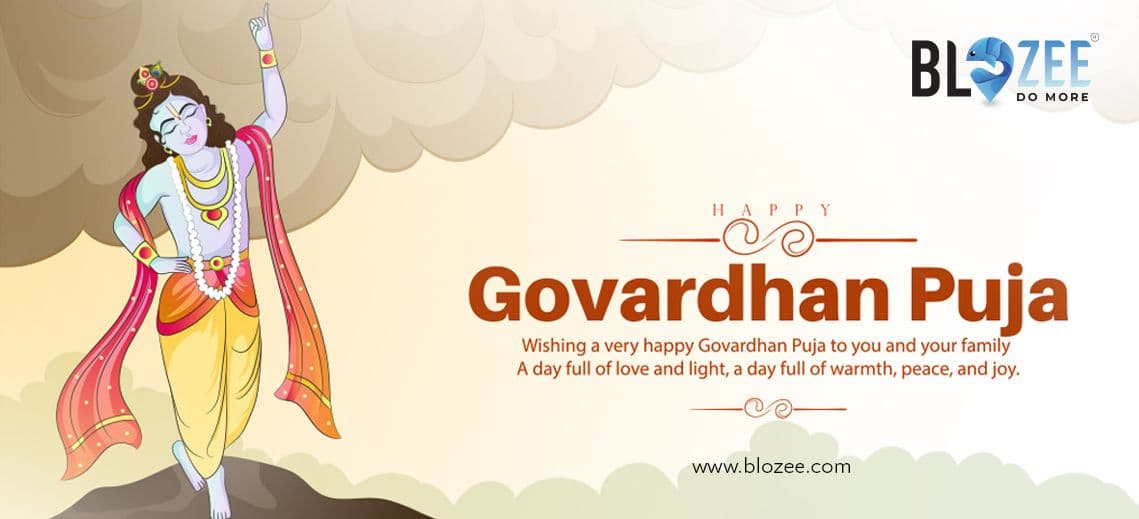Celebrate Govardhan Puja the meaningful way: simple home puja steps, Annakut ideas, and the timeless lesson of humility, protection, and gratitude.
Beyond the Rituals: Discovering the Spirit of Govardhan Puja
Just as the final whispers of Diwali firecrackers disappear, a quiet, deep feeling of thanks descends upon many Indian households. This is the essence of Govardhan Puja, a festival that is less a showy spectacle and more like a warm, group hug. It's a day to recall an ancient tale of faith, nature, and the simple, powerful premise that the character that truly sustains us is worthy of our highest respect.
For most of us, the tale is as old as a lullaby. We imagine little Krishna, the familiar combination of wisdom and mischief, challenging the ancient custom of the worship of the great rain-god, Indra. He gestured to something far more immediate, far more concrete: Govardhan Hill. "It's the hill that provides our cows grazing, our fields with water, and our lives with nourishment," he argued. "Don't we thank the hill itself?"
What then ensues is a dramatic conflict between ego and divinity. An enraged Indra sends a storm to chasten the villagers, but Krishna, always the guardian, serenely lifts the whole mountain on his small finger and creates a large canopy to shelter all humans and animals. For seven days, they take shelter in it, shielding themselves from the beating rain, their belief in Krishna strengthening each moment. Ultimately, it's Indra who's taught the lesson: real divinity isn't about requiring worship, but about benevolent protection.
It's more than a myth, this tale. It's a sensation. It's the smell of thousands of dishes being cooked for the Annakut, or "mountain of food". It's the vision of families creating little hills out of cow feces, adorning them with marigolds and small clay lamps—a lovely, rural reminder of the powerful Govardhan. The Annakut is more than a banquet; it's a colorful, edible paean of thanksgiving. Every one of the 56 courses (Chappan Bhog) is a prayer of thanksgiving for the year's harvest.
In Jaipur and Vrindavan, the atmosphere resonates with the sounds of Krishna bhajans and temple bells. But even in a still urban dwelling, the atmosphere remains the same. It's in the special dinner shared with family and friends, in gently feeding a cow, or simply taking a moment to enjoy the world around us.
Govardhan Puja reminds us softly to search beyond the great and mighty, and rather to revere the humble origins of our prosperity. It proves that religion is not fear but love and protection. It is a day to recall that the strongest strength is found in humility, and the most genuine prayer is an honest "thank you."
Become a member
Get the latest news right in your inbox. We never spam!



Comments (0)(Loading...)